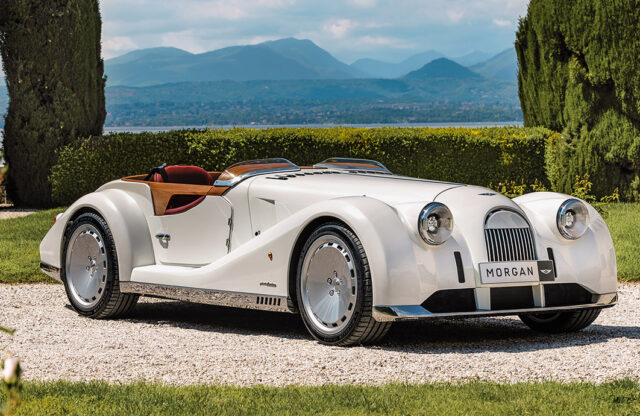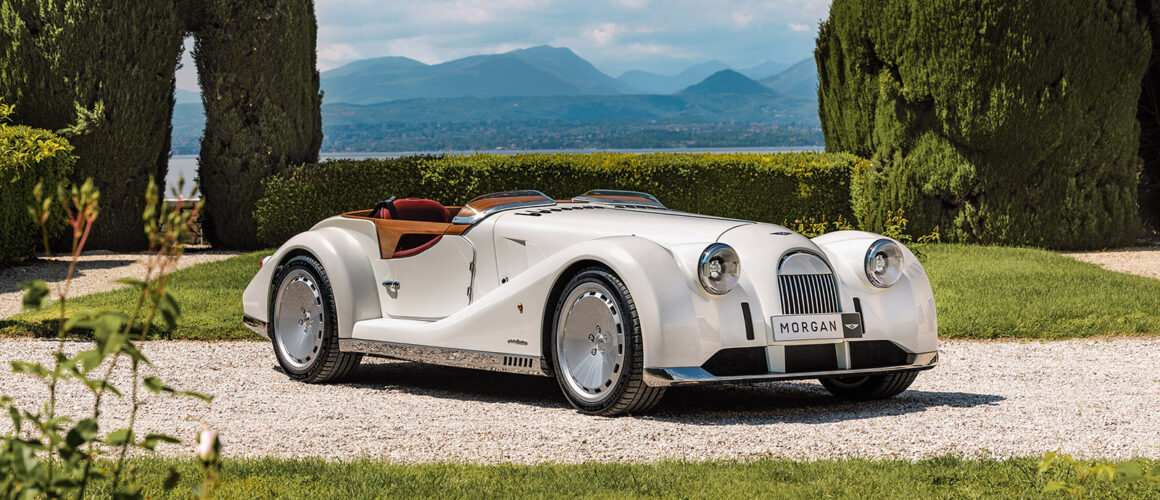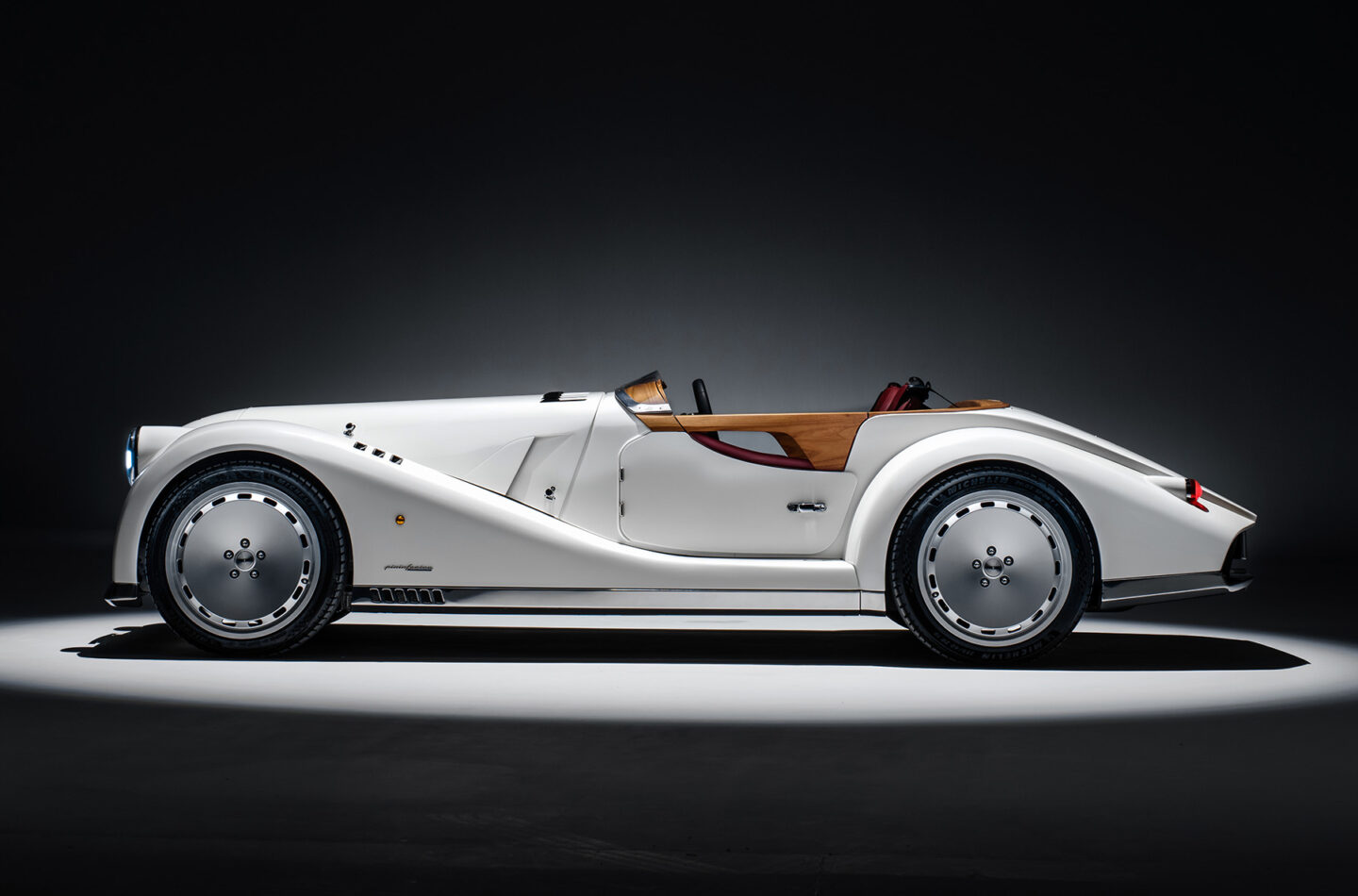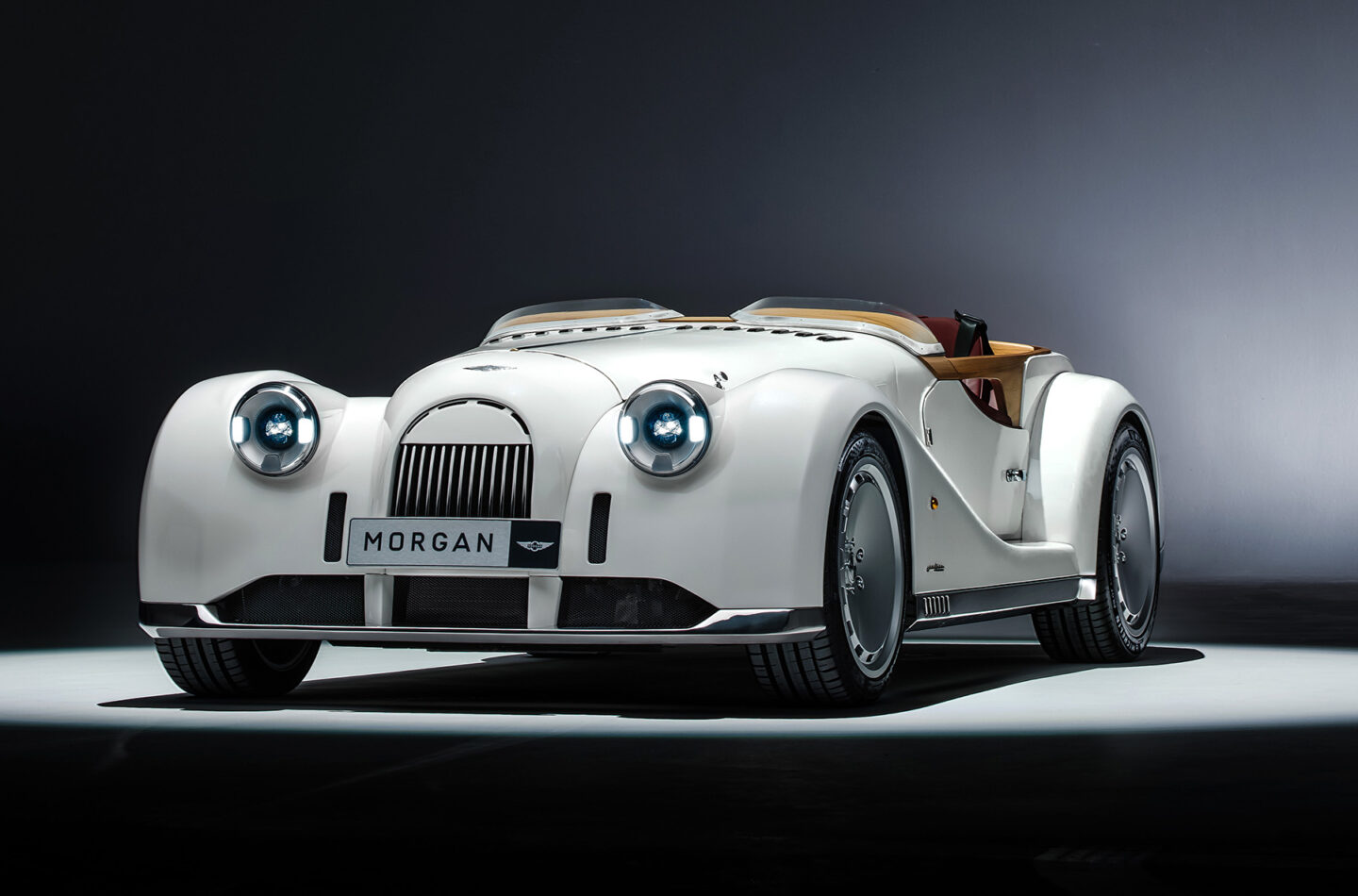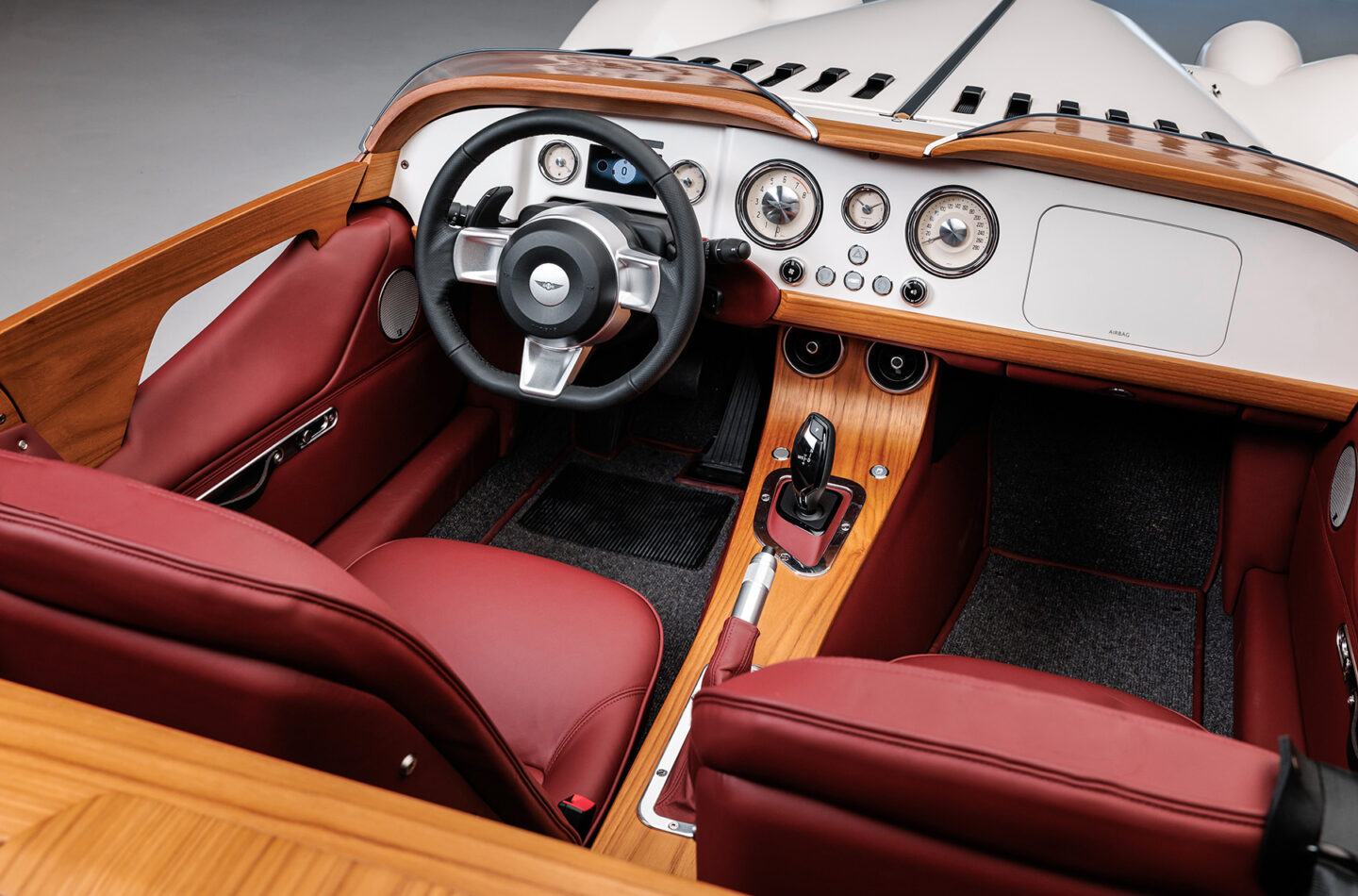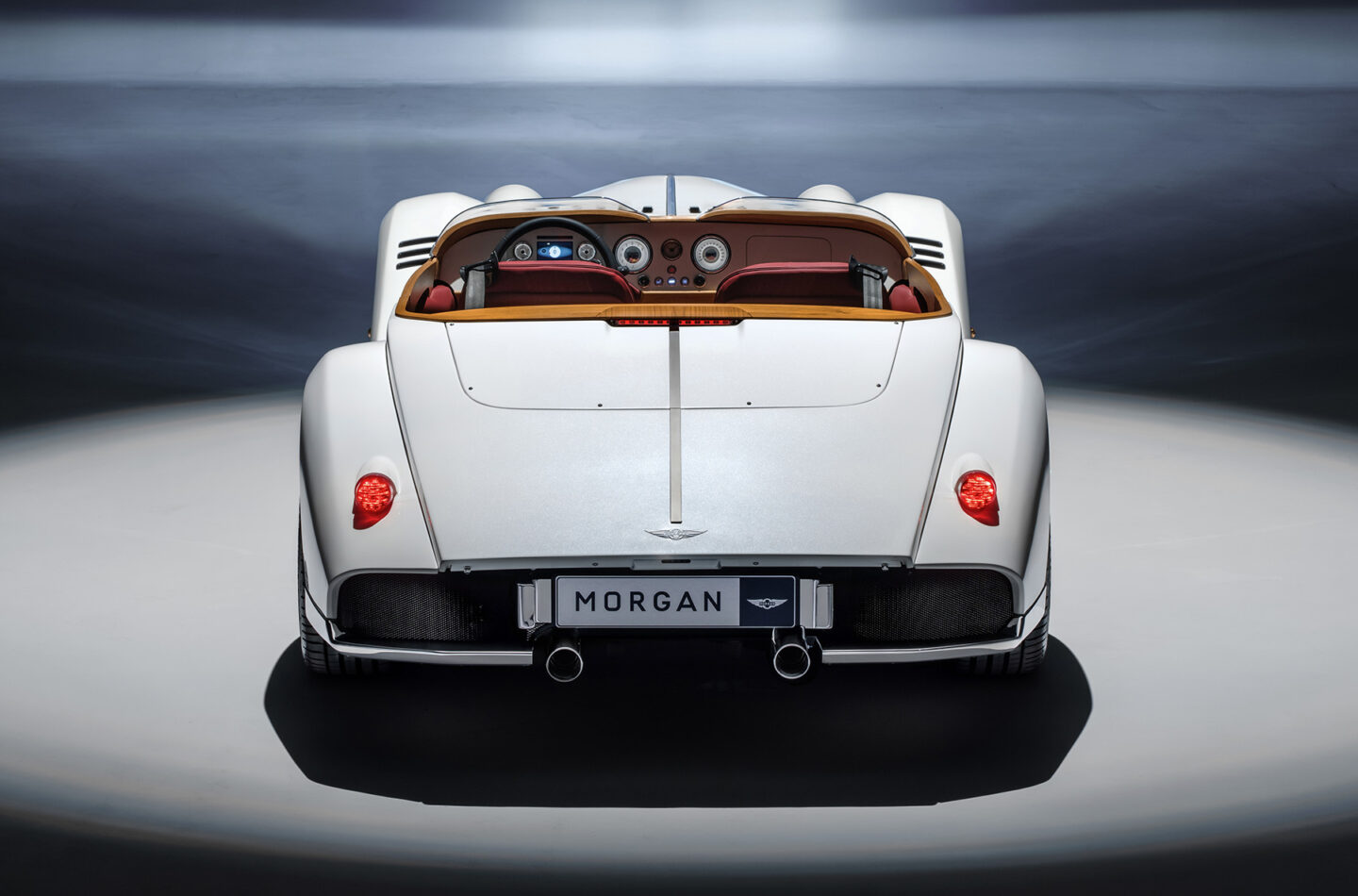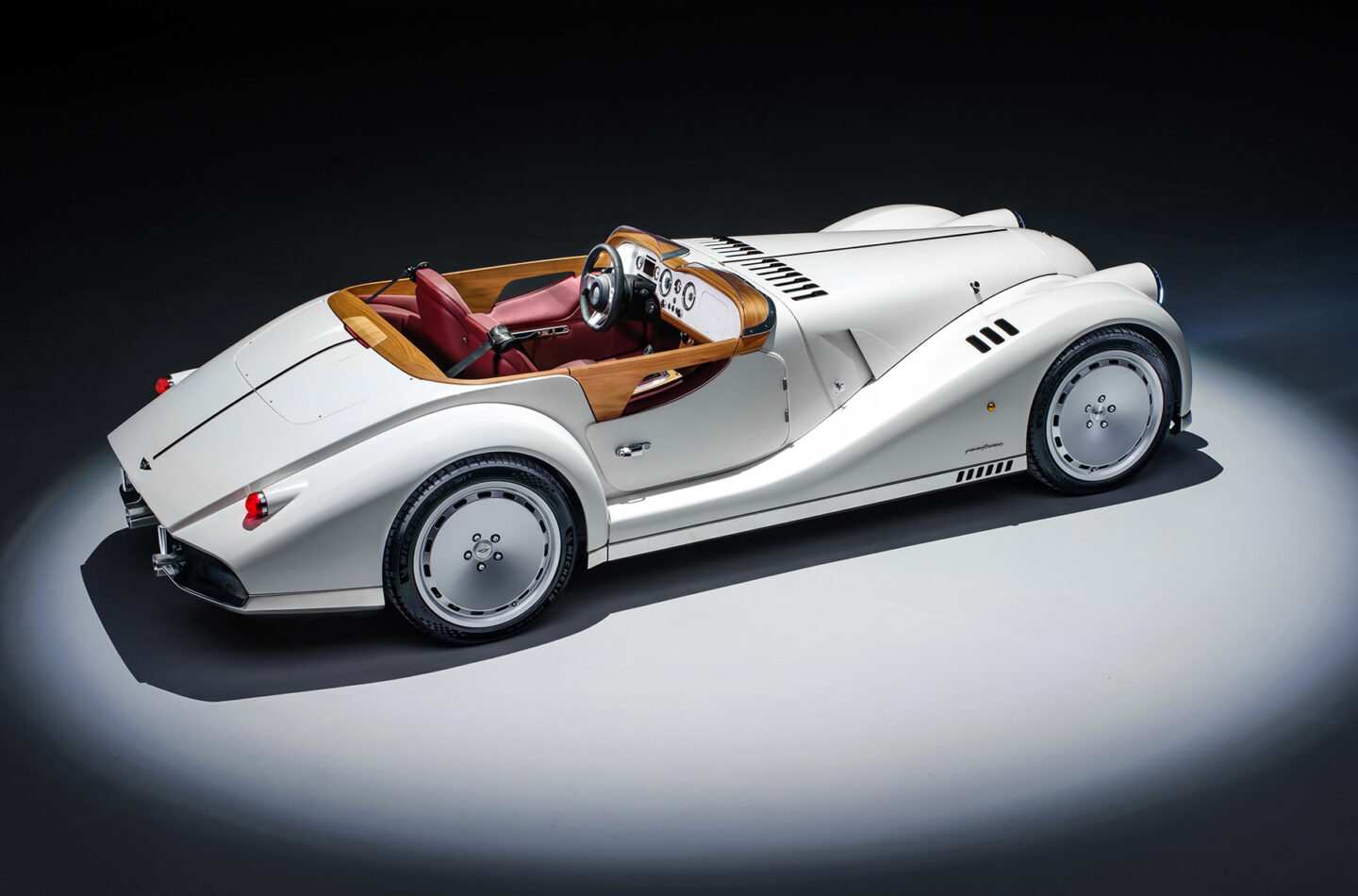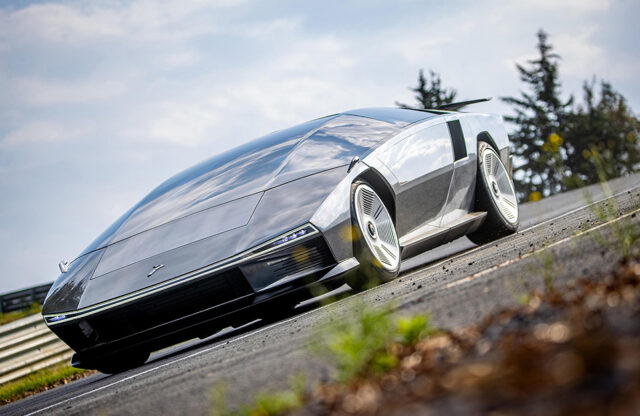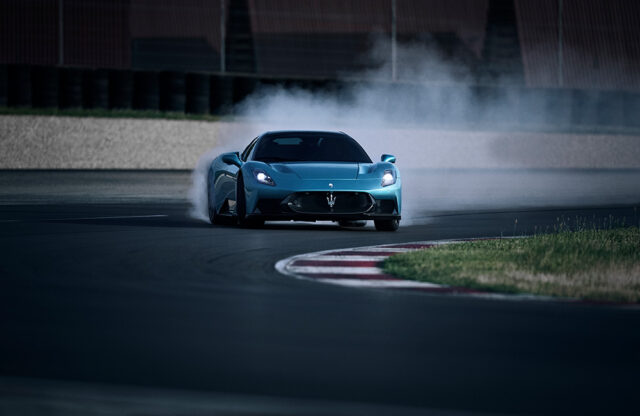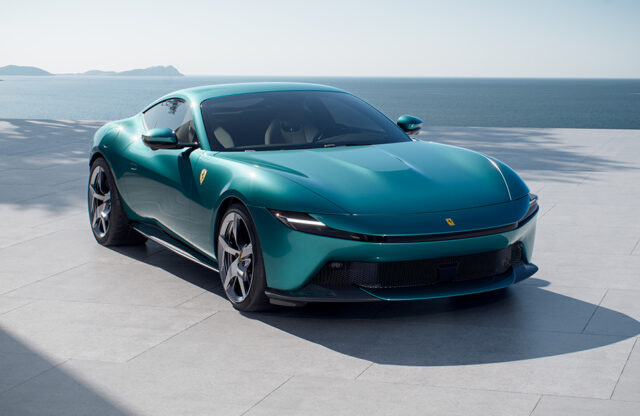A new collaboration project between Morgan and Pininfarina has just been revealed. Called Midsummer, it’s a celebration of the design and coachbuilding expertise of these two storied brands. Set to make its first public appearance during July’s Goodwood Festival of Speed, the timing of this limited-run, roofless Morgan sports car couldn’t be better. And, if the goal was to create a striking new barchetta that is still unmistakably a Morgan, then its execution has absolutely nailed the brief, too.
Despite what appears to be a broadly familiar profile, Midsummer represents a genuinely exciting evolution in design language for a company whose rate-of-change dial is usually set to ‘glacial’. But then, the Morgan Motor Company has been around for 115 years. For a small British sports car maker to survive that long, weathering storms that have wiped out so many fellow marques over the years, gradual, calculated change has served it well.
A quick tour of the Pickersleigh Road facility in Malvern is confirmation. While the external aluminium panels used for its Plus Four and Plus Six models now arrive (cost-effectively) already superformed, the original clamping jig that shapes the laminated ash wing supports remains – battle-scarred but still perfectly functional, there’s just no need to replace it.
Juxtaposed against this innate sense of heritage and tradition is a company that has recently shown an increased appetite for adventure and a growing desire to broaden its portfolio – witness the Super 3 and Plus Four CX-T. With the Midsummer project, the company has unlocked a whole new toolbox.
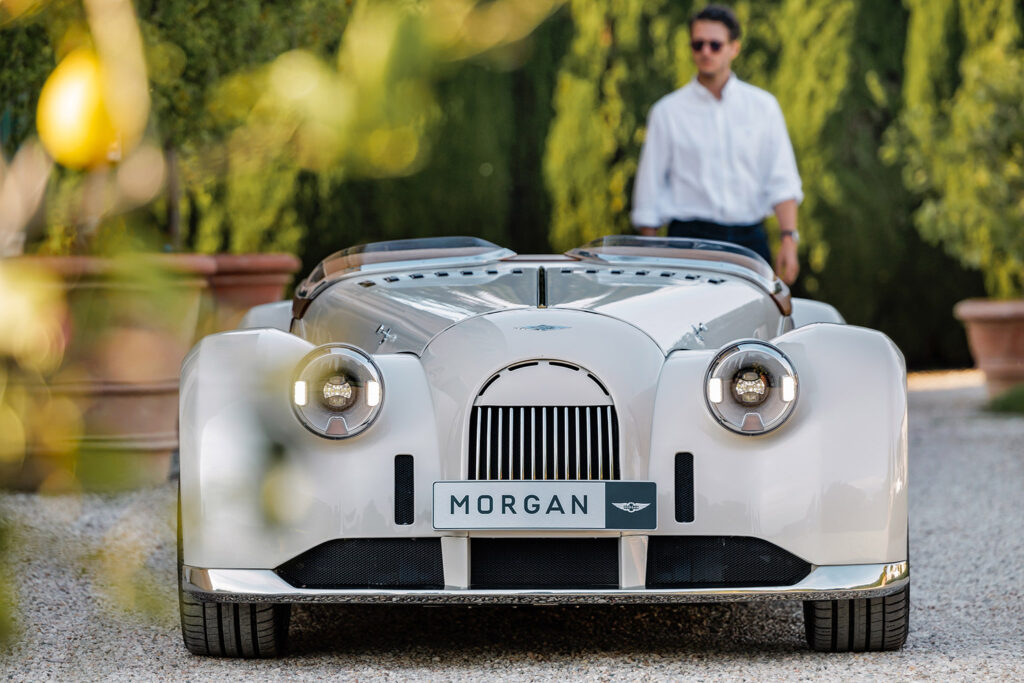
Chief design officer, Jonathan Wells puts it this way: “Over the past few years, there were times where we thought about partnering with another coachbuilder. A good friend of mine is chief designer at Touring Superleggera, and we’ve spoken with Zagato in the past, but we’ve never quite found a project that went beyond merely commissioning a styling department to do a version of a Morgan. This needed to have integrity and authenticity to be a Morgan product.”
As it happened, that ‘authenticity’ was found driving Super 3s around the Malvern Hills in the rain with Pininfarina’s design team, before exchanging ideas over a beer in a nearby pub.
The catalyst was Morgan CEO Massimo Fumarola, who had become well acquainted with Pininfarina during his time at Ferrari. His suggestion that Wells and his team meet the Cambiano-based designers sparked the conversations that ultimately led to the creation of the Midsummer, a car that Wells playfully says went “from pint to prototype in 12 months”.
Starting with the engineering package of a Plus Six, meaning the firm’s latest CX-Generation Bonded Aluminium Platform, 335bhp six-cylinder turbocharged B58 BMW engine, eight-speed automatic transmission and adjustable Nitron dampers, both sets of design teams began drafting initial concepts that imagined how a Pininfarina Morgan might look.
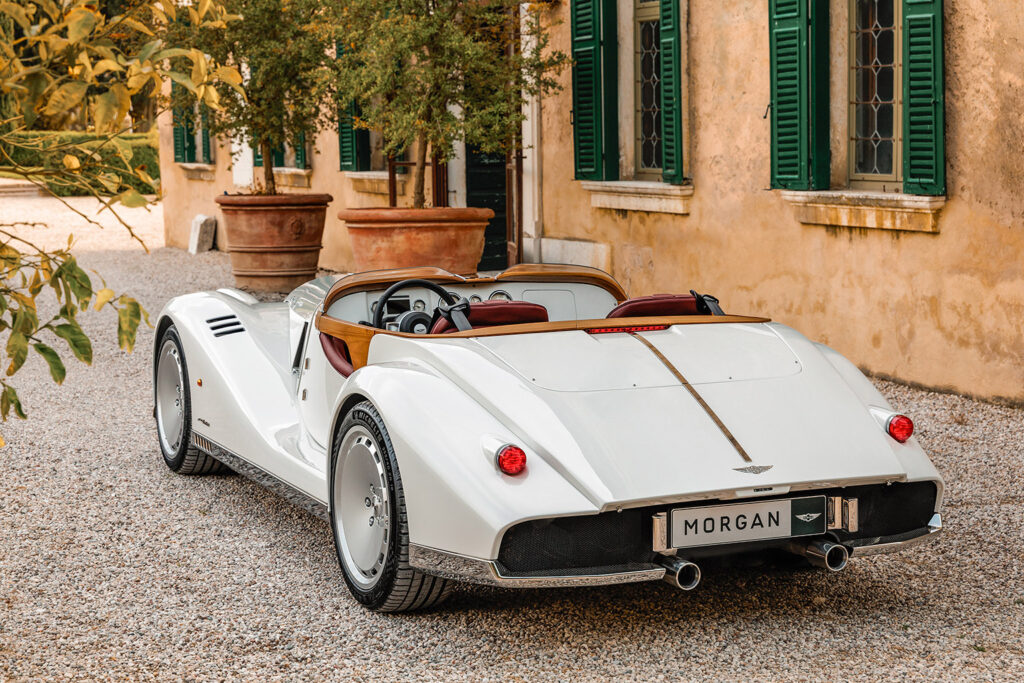
Midsummer’s striking design is the final result of intense collaboration and exploration during numerous reciprocal visits between the two firms. “It was energising to witness the way in which our creative teams worked together. Collaboration throughout all stages of the development was complemented initially by Pininfarina’s incredible immersive digital design technology, and later by Morgan’s inherent understanding of coach-building lightweight sports cars,” said Wells.
Key features of the project included a dry weight target of just 1000kg – achieved largely by changes to the chassis, lightweight forged 19-inch wheels designed specifically for the car, the omission of the roof, windscreen wipers and wiper motors, etc.
Quizzed on his favourite part of the design, Wells answers: “I am most pleased with the rear three-quarter proportions and how the car sits, thanks to obsessive attention-to-detail to refine the wheel-to-body relationship. The introduction of the elegant dropping shoulder line is accentuated by an eccentric swept tail, fuller bodied aesthetic is complemented by intelligent surfacing detail, and carefully defined creases control highlights as they move across the gently crowned surfaces.”
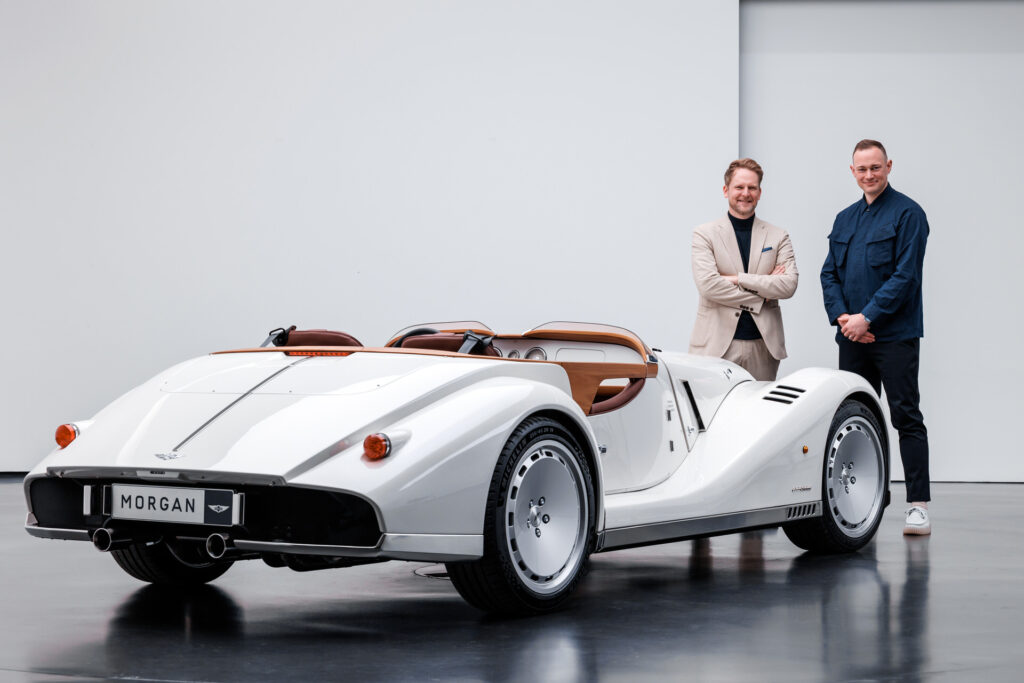
Usually on a Morgan, the ash wood body frame is completely covered in aluminium panels or upholstery material, but on the Midsummer, laminated teak has been used to frame the cabin and create the aforementioned shoulder line. The teak has been purposefully exposed – something that Pininfarina insisted on at the earliest stages of the project – to pay homage to Morgan’s long-standing relationship with wood. Each car features nine handcrafted teak sections, which take a combined 30 hours to manufacture.
Walking around Midsummer, you quickly realise that every body panel, bar the lower door sections, is all-new. Historically, it’s fair to say that aerodynamics hasn’t played a huge role at Morgan. But aero-experts Pininfarina, working alongside Morgan, worked to really enhance the aerodynamics, not just to reduce drag and increase downforce and performance, but also to control turbulent air around the occupants. Obvious examples are the apertures in the door that expel air from the interior.
It’s customary for Pininfarina-designed cars to wear the ‘Design Pininfarina’ badge. However, due to the highly collaborative approach employed here, Pininfarina has opted instead for the ‘Fuoriserie’ (out of series) badge. This marks the very first application of the badge to a production car in Pininfarina’s more than 90-year history.
Four other areas of significant Pininfarina influence are to be found in the longer, taller and more elegant rear, the hand-formed stainless-steel lower sills, the radically reinterpreted ‘piano key’ bonnet louvres and the half-moon top section that sits within the horseshoe grille.
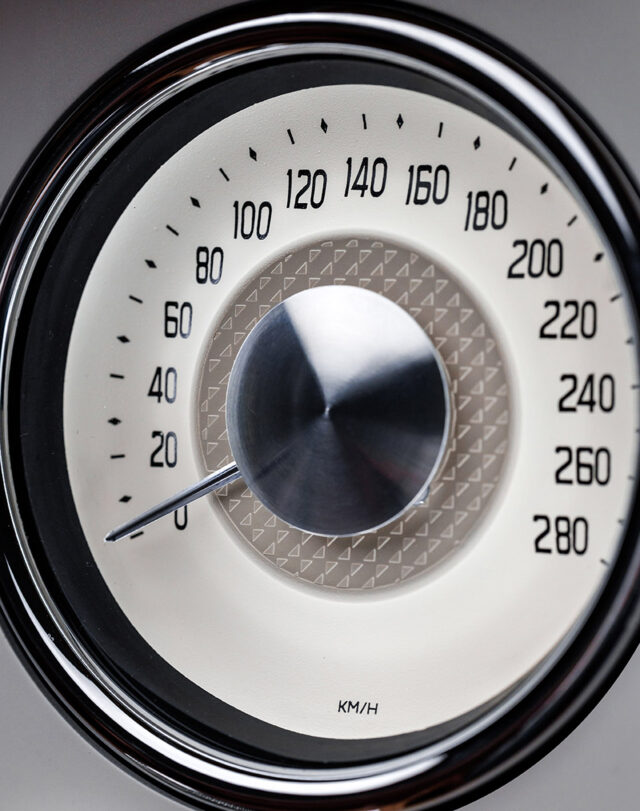
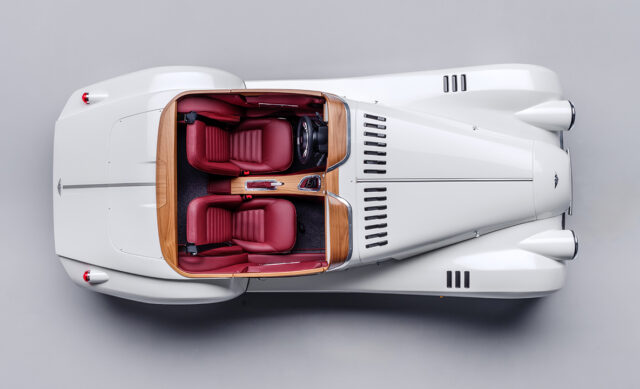
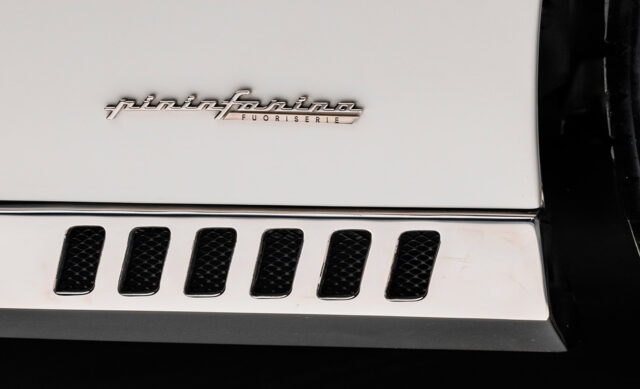
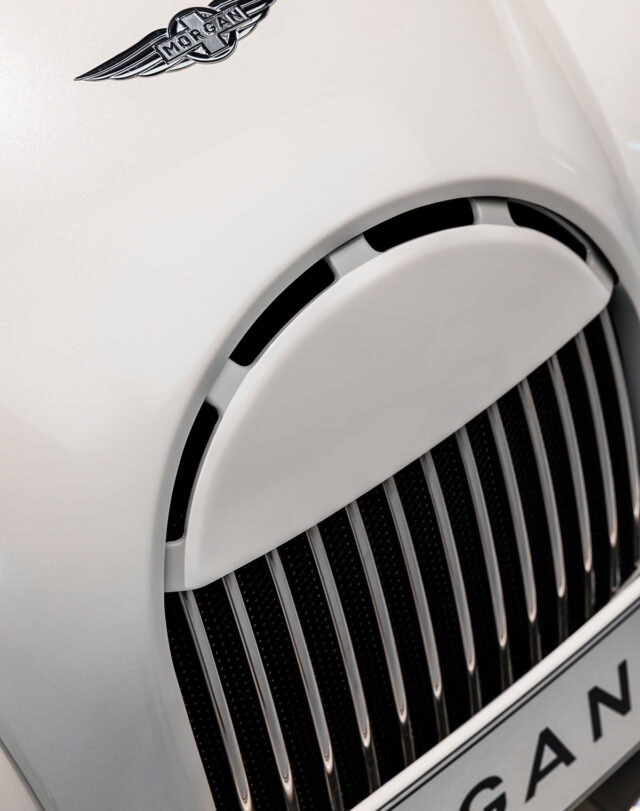
New tail lights and one-and-a-quarter-inch-larger headlight units both now incorporate the indicators. The cabin features newly designed analogue dials finished in an off-white colour, a re-sculpted steering wheel and an enhanced Sennheiser audio system.
Morgan says a mere 50 Midsummer models will be produced, all of which have been sold to customers during a series of exclusive preview sessions. Bespoke tailoring, including the option to include a proper windscreen with wipers, will ensure that every Midsummer is a genuine one-off.
A higher count of hand-formed components, allied to hand-beaten aluminium body panels that take more than 250 hours to produce, are bound to put a hammer in the usual works when production commences in the third quarter of 2024, but Morgan says all 50 will have left Pickersleigh Road before the end of 2025.
Will that make them Midwinter, I wonder? With a wildly successful first “special project” in the bag, one must assume that similar such specials are in the pipeline? Massimo Fumarola is giving nothing away: “Given the way we managed the project and how much we enjoyed it, it will be difficult to replicate. But, never say never in this business”.
Read more about Morgan here.
